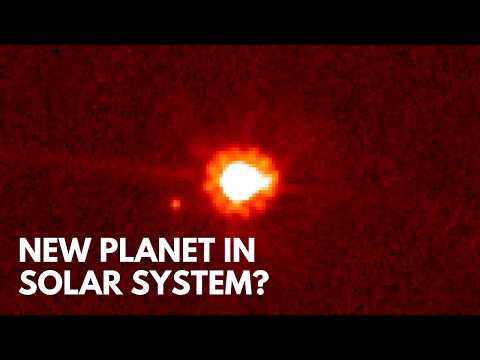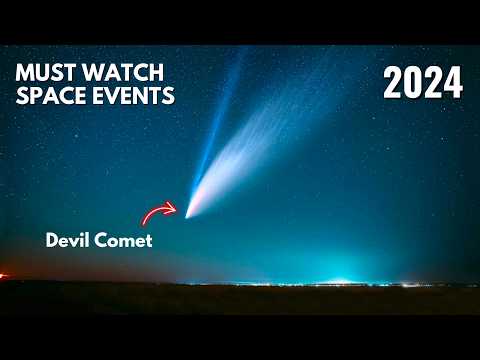Theory of Everything | COSMOS in a minute #42
expand_moreComments0
unfold_more
149 views 1 hour ago
5.7M views 2 months ago
195K views 5 months ago
16K views
6 months ago
162K views
7 months ago
106M views 7 months ago
1 views
11 months ago
1 views
1 year ago
1 views
1 year ago
1.6M views 1 year ago
242M views 2 years ago
487K views 3 years ago
107M views 4 years ago
15M views 4 years ago
8.8M views 6 years ago
11M views 11 years ago
879K views 14 years ago
57M views 15 years ago
6.5M views 15 years ago
41M views 18 years ago
keyboard_arrow_left
navigate_next























